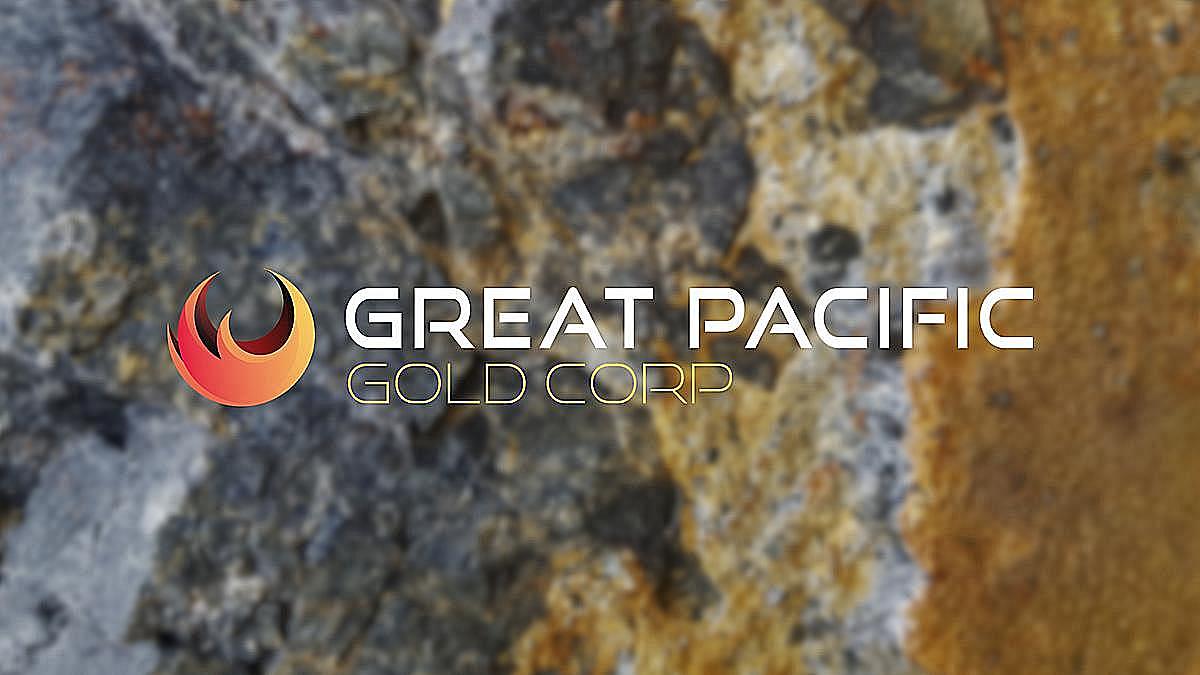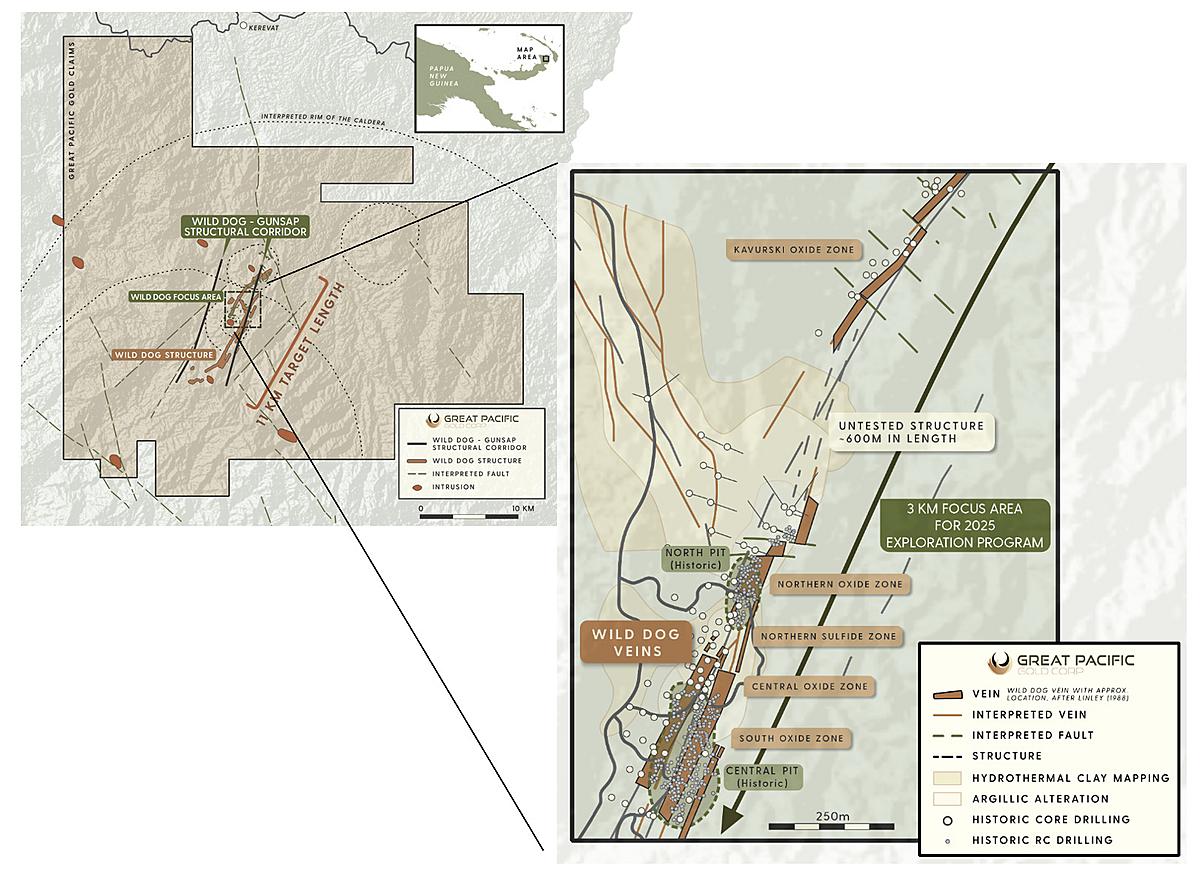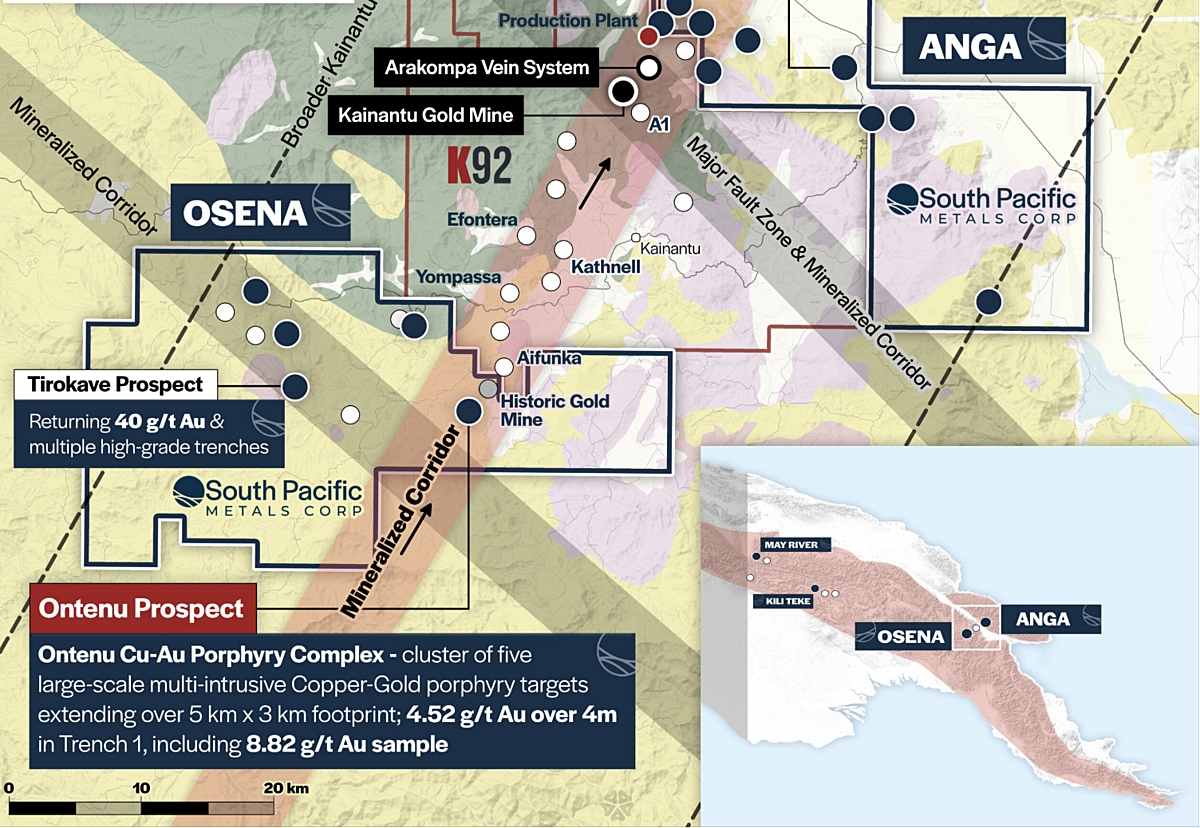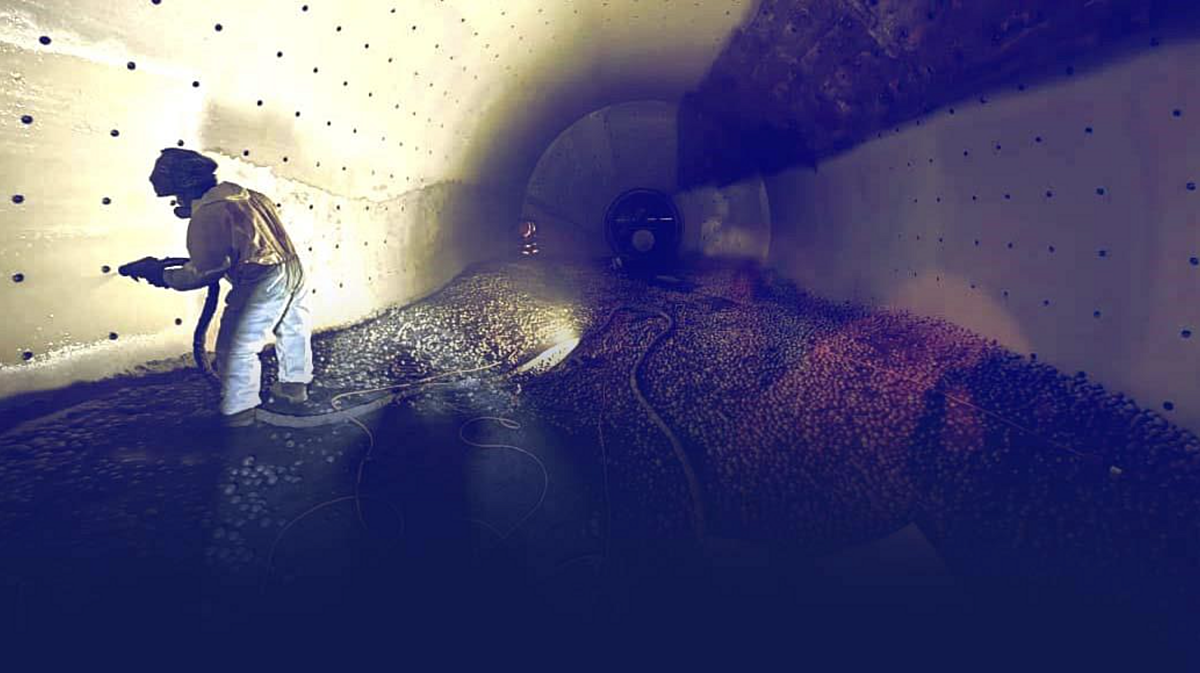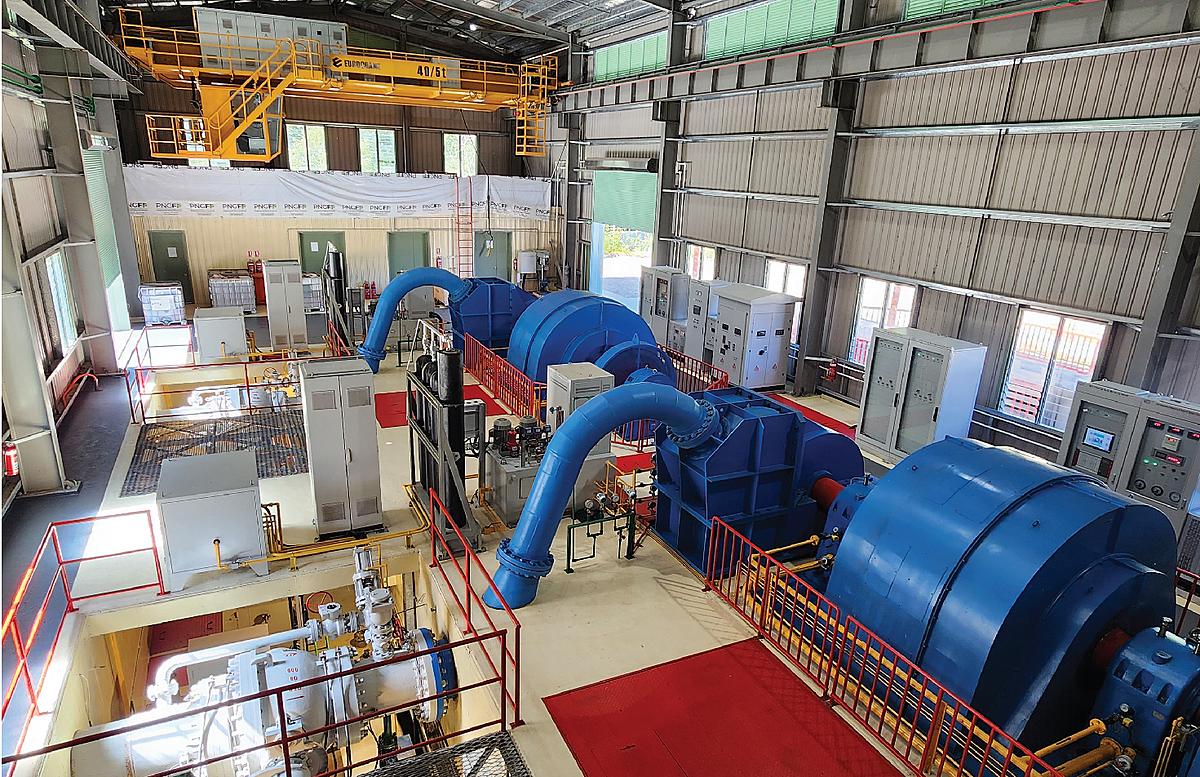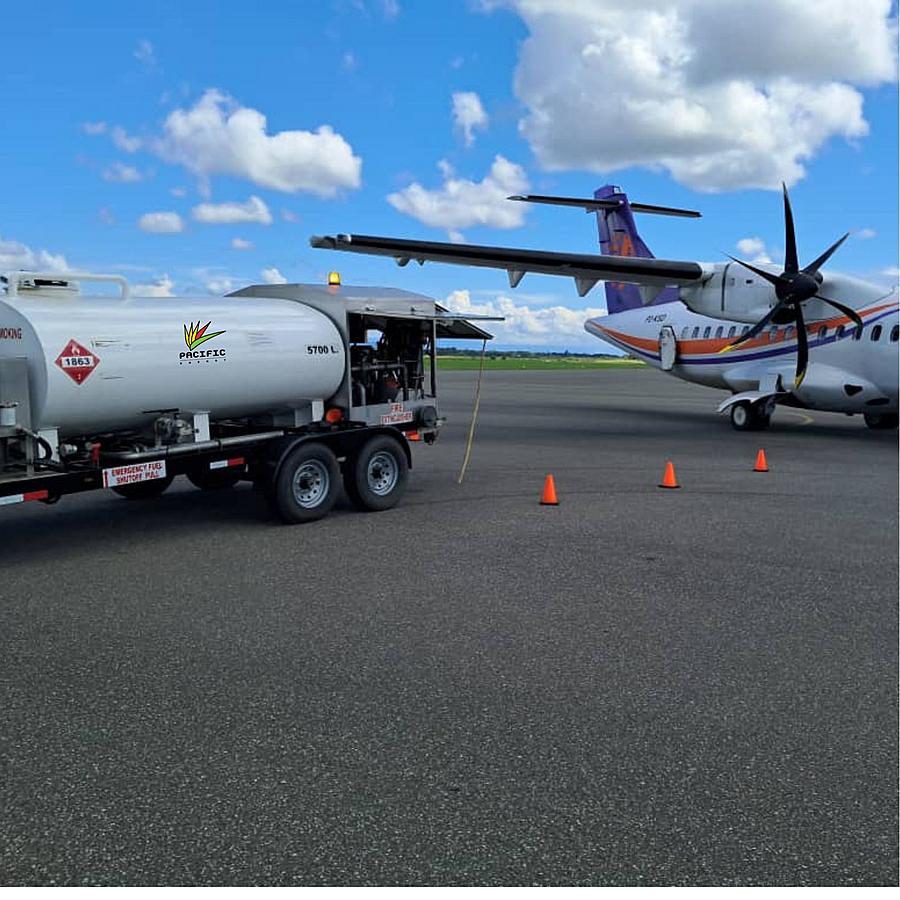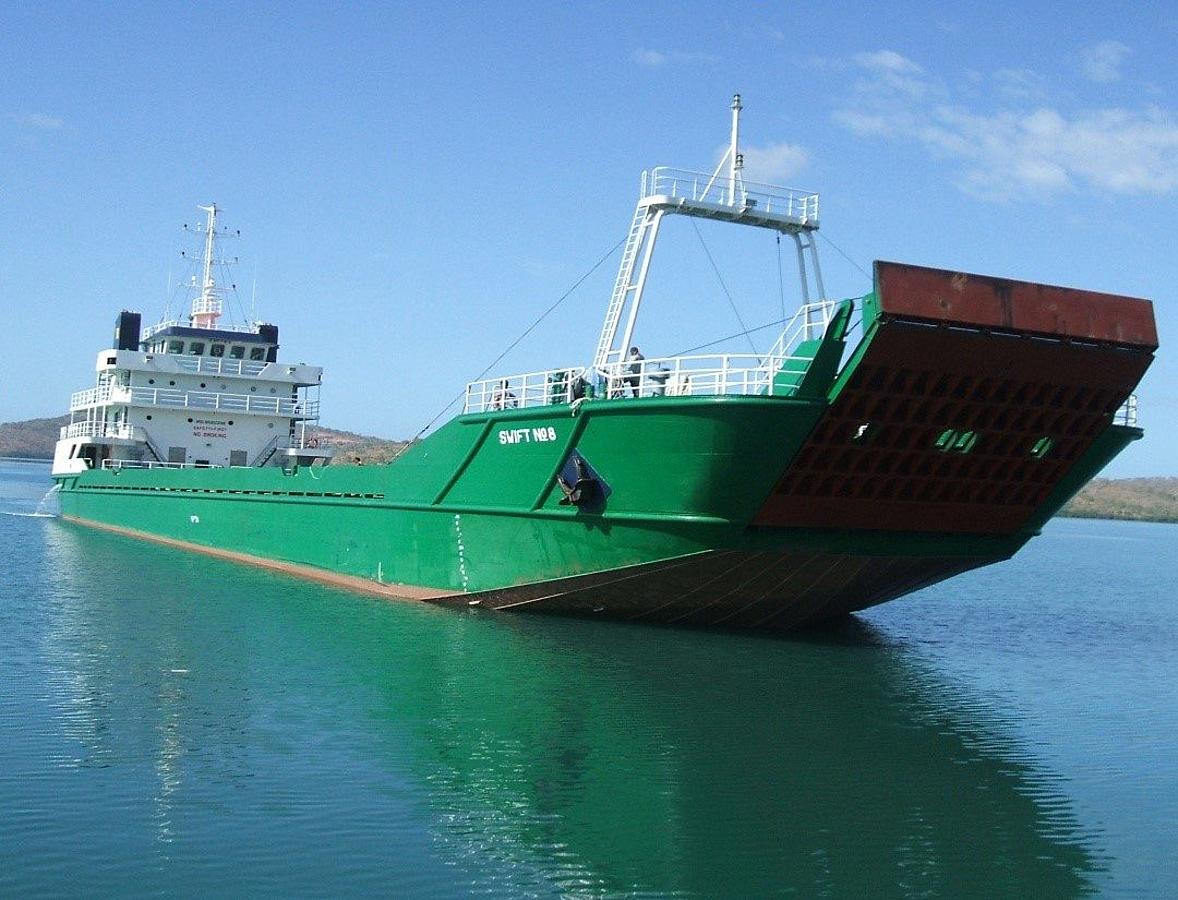Great Pacific Gold Corp. has expanded its drilling programme in Papua New Guinea, doubling its efforts at the Wild Dog Project in East New Britain from 2,500 metres to 5,000 metres, and is introducing advanced LiDAR technology to map the remote, jungle-covered terrain.
The Phase 1 campaign, which began in May this year, is focused on a 1.5-kilometre strike length within the Wild Dog structural corridor. Early drilling has confirmed the high-grade nature of the system, with results such as 7.0 metres at 11.2 g/t gold equivalent from 65 metres and 3.5 metres at 13.1 g/t from just 12 metres below surface.
In total, the programme now includes 28 diamond drill holes and is expected to run into early 2026. To date, only a fraction of the mineralised corridor has been tested.
Chief executive Greg McCunn said the decision to scale up was driven by promising results at the Sinivit Target.
“The success of the Phase 1 diamond drilling at the Sinivit Target to-date has led us to expand our program and we expect to continue drilling at Sinivit into early 2026,” he said.
The final hole at Sinivit will be a bold step-out to the north, aimed at testing a gap area where no historical drilling exists but where geophysics suggests a connection to the Sinivit system.
“This step out will be a precursor to moving the diamond drill to Kavasuki for Phase 2 drilling in 2026,” McCunn added.
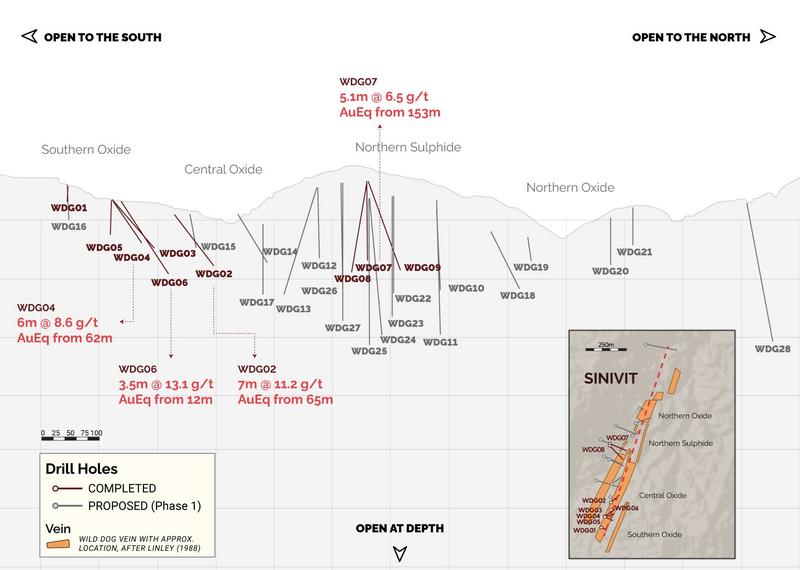
Technology Takes Flight
To complement the drilling, GPAC is mobilising an airborne LiDAR and high-resolution imagery survey across 200 square kilometres of the Wild Dog district. Mounted on a fixed-wing aircraft, the system can pierce dense jungle canopy and deliver a digital terrain model accurate to within 10 centimetres.
The company expects this data to sharpen geological maps and, when combined with MobileMT geophysical results, help define high-priority drill targets with greater precision.
Next Steps
Since May, nine drill holes have been completed, with assays for holes WDG-08 and WDG-09 due in September. The next results are eagerly awaited, as they will shape plans for the transition into Phase 2 drilling.
The results signal growing confidence in the Wild Dog Project, one of Papua New Guinea’s most promising exploration frontiers. By marrying boots-on-the-ground drilling with eyes-in-the-sky technology, the company is betting that this mix of tradition and innovation will unlock the district’s true potential.


